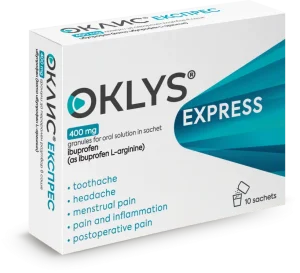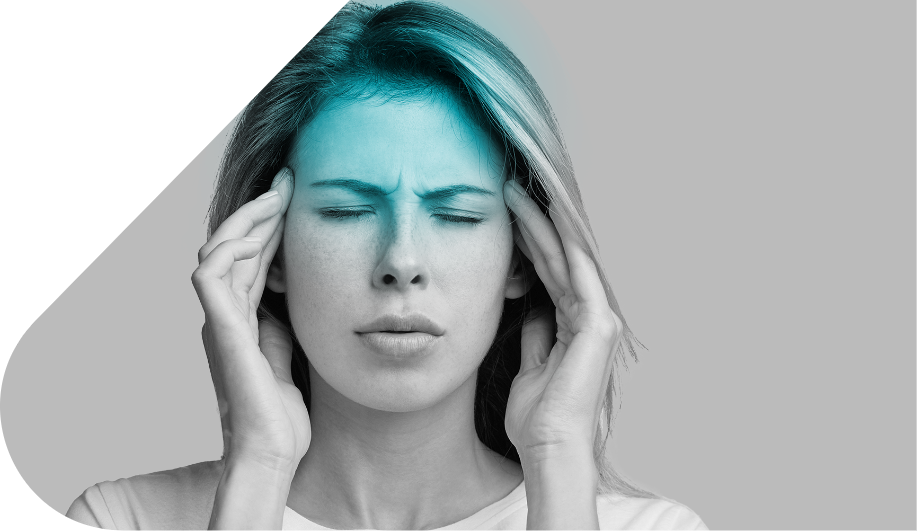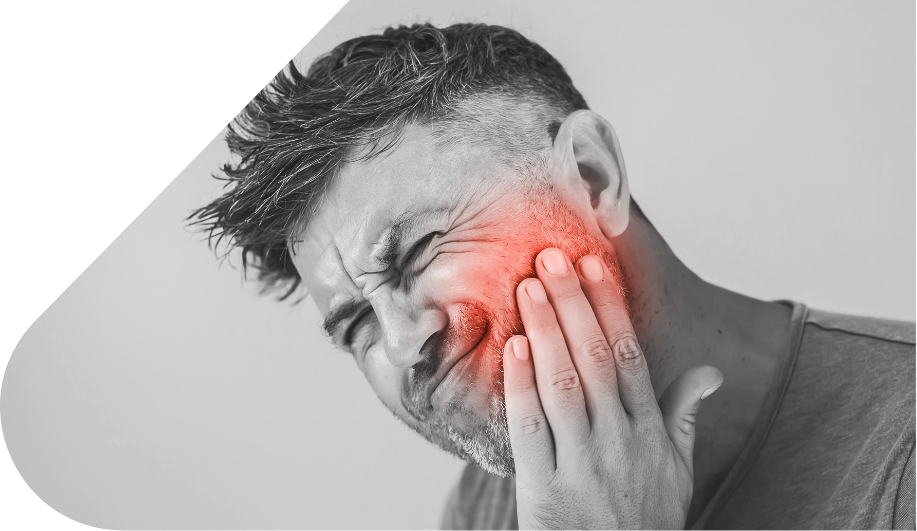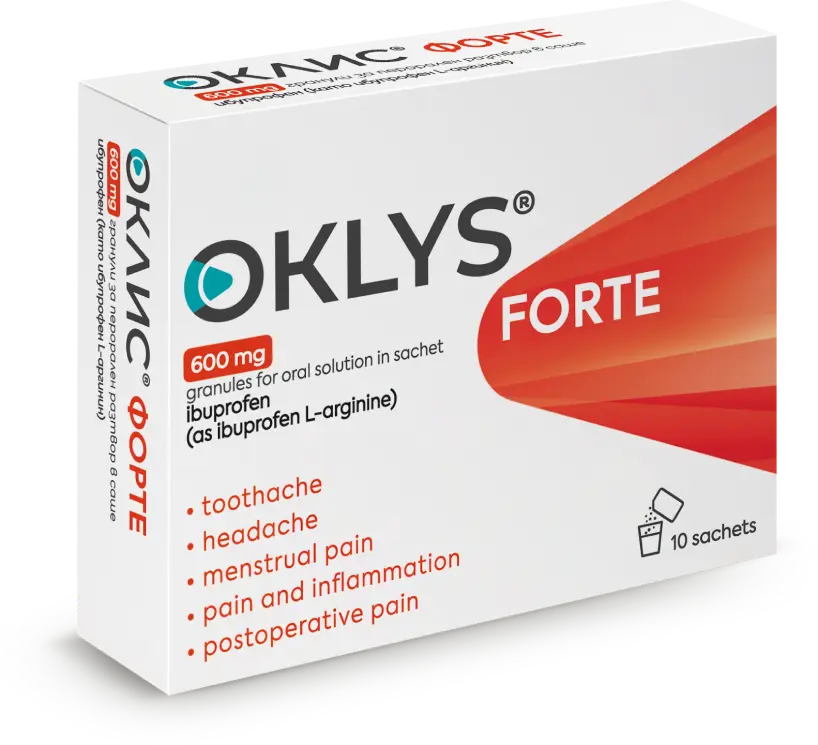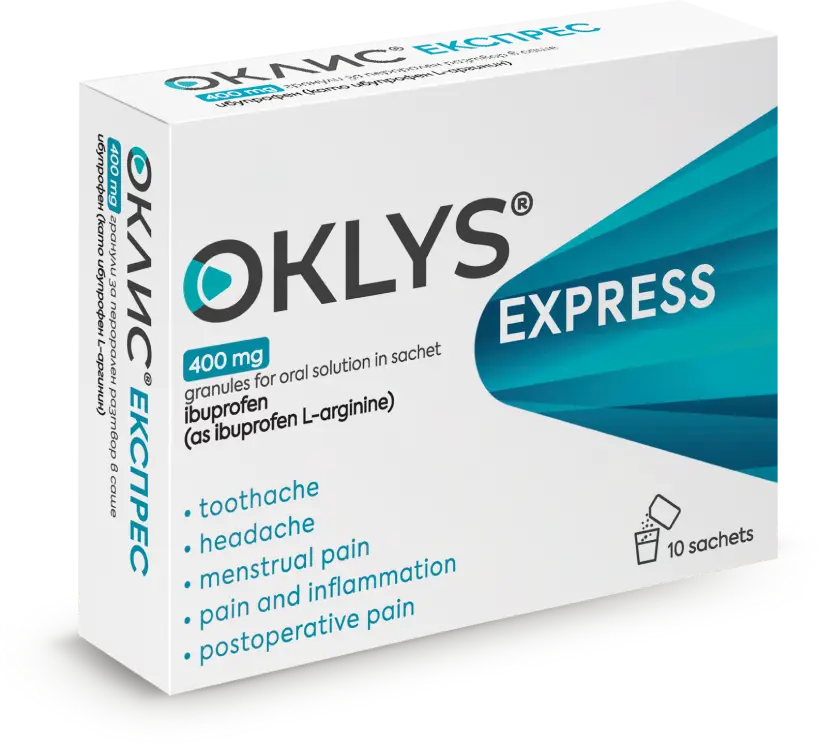Somatic pain refers to pain that is a symptom of injury or distress in the skin, subcutaneous tissue, muscles, joints, or bones.
Somatic pain is superficial when the skin or subcutaneous tissue is affected, and deep when deeper tissues such as muscles, joints, or bones are involved. The latter type is much more common, which is why the term “musculoskeletal pain” is often used as a synonym for somatic pain.
Somatic pain is the most common symptom in medicine. It occurs in injuries, acute or chronic inflammatory diseases, age-related degenerative changes, tumors, and more. It is estimated that about one-third of the world’s population suffers from musculoskeletal disorders. This percentage increases with age, with half of people over 40 reporting joint and muscle pain, and nine out of ten patients over 70 experiencing such conditions.
The sensation of somatic pain is formed when specific nerve endings located in the tissues, called nociceptors, are irritated. When cells are damaged, substances are released that irritate the nociceptors, which then send a warning signal to the brain experienced as pain.
Besides being superficial and deep, somatic pain can be acute when it lasts a short time, or chronic when it persists for over 3-4 months. It may be localized around the site of injury, but it can also radiate to surrounding tissues or generalize throughout the body.
Sometimes somatic pain is related to physiological processes in the body, such as joint pain during rapid growth in puberty. It can also be triggered by certain environmental changes—for example, sudden cold, humidity, wind, or fluctuations in atmospheric pressure. However, in most cases, somatic pain is a manifestation of a pathological process.
Joint pain (arthralgia)
The causes of joint pain are incredibly diverse — injuries, degenerative, inflammatory, or infectious diseases, metabolic disorders, side effects of pharmacological therapy, and more.
Pain is experienced when one or more of the anatomical structures of a joint are damaged — joint surfaces, cartilage, bursae, ligaments, and so on.
It can affect one or multiple joints, and may be acute — lasting up to 4 months — or chronic. Prolonged (chronic) pain most often accompanies age-related degenerative processes and autoimmune diseases. 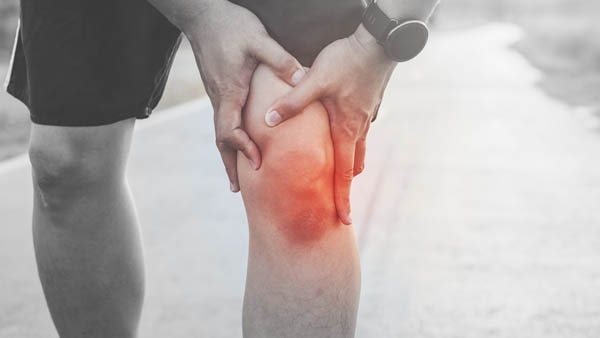
Arthralgia can vary in intensity — from discomfort that occurs with overuse to extreme pain that prevents normal functioning of the affected joint.
One of the most common causes of chronic joint pain is osteoarthritis. This is a degenerative joint disease whose symptoms progress with age. It is caused by the wear of the cartilage “cushions” in the joints. Where this occurs, the bone surfaces rub against each other, leading to a loss of smoothness. Symptoms of this damage include chronic pain, swelling, and stiffness, which can result in the inability to perform daily activities. Prolonged pain that is difficult to treat may trigger various psychiatric issues such as depression and sleep disorders.
Gouty arthritis is a relatively common disease caused by a disturbance in uric acid metabolism, leading to its deposition in the form of crystals in the joints. It presents with redness, swelling, and sudden, intense—even very intense—pain in the affected joint, most often at the base of the big toe.
Arthralgia, as part of joint involvement symptoms, occurs in many autoimmune diseases – rheumatoid arthritis, psoriasis, ankylosing spondylitis (Bechterew’s disease), lupus, sarcoidosis, and others.
Muscle pain (myalgia)
Muscle pain is so common that in some cases patients do not even perceive it as a pathological condition.
Myalgia is most often caused by a strain, overuse, or minor injury to a specific muscle or muscle group. In these cases, the pain is usually focused in a small area and can be easily localized.
When the pain affects the whole body, it is called systemic muscle pain. It is most often caused by infections (such as flu, Lyme disease, tetanus) or chronic diseases (such as lupus, dermatomyositis, hypothyroidism).
Muscle pain is common in patients who have experienced a stroke. In this case, the cause is muscle contracture of the affected muscles, due to the impaired regulation of muscle tone by the central nervous system as a result of disrupted nerve connections between the brain and the body’s muscles.

Muscle cramps are involuntary contractions of a muscle. Generally harmless, they can be very painful and may cause temporary loss of function in the affected muscle.
The main treatment for musculoskeletal pain is nonsteroidal anti-inflammatory drugs (NSAIDs). Although they do not directly affect the cause of somatic pain, they intervene in its pathological mechanism and thus exert their analgesic effect.
One of the most widely used and well-studied NSAIDs is ibuprofen. The innovative formula of Oklys Express and Oklys Forte – ibuprofen L-arginine – allows for achieving a fast and lasting pain-relieving effect.




